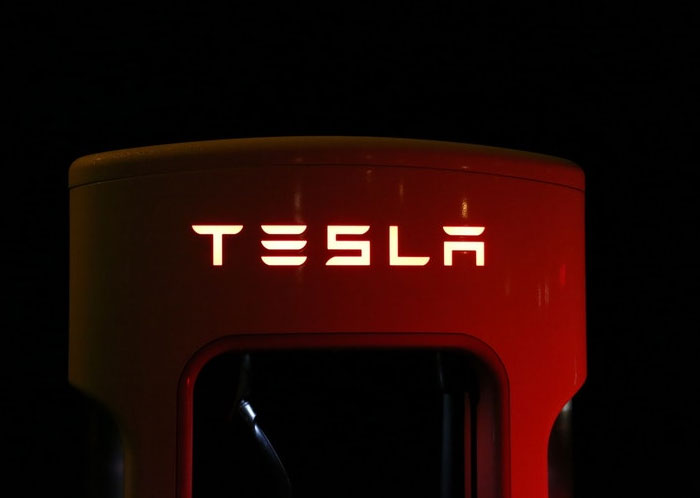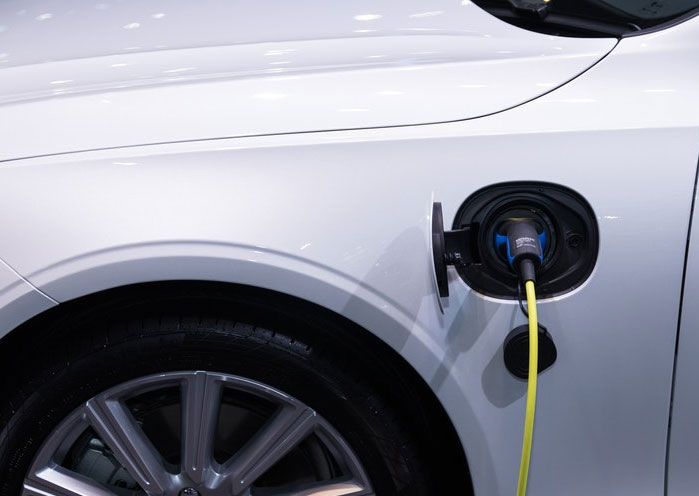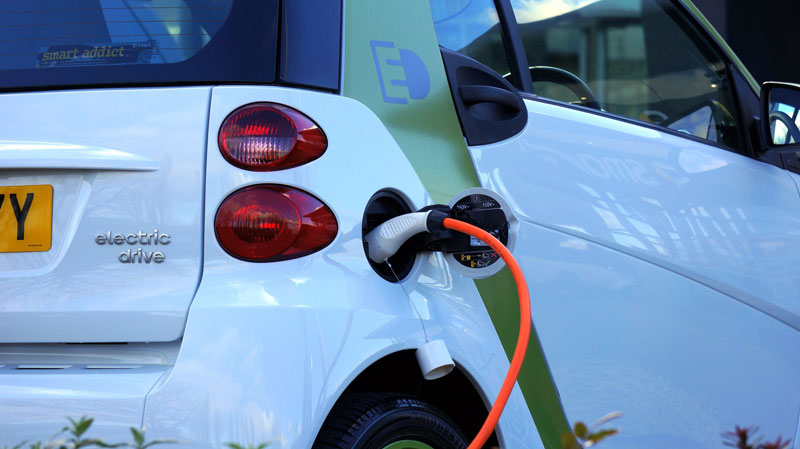How will EVs change the world of cyber security?
by Martin Banks, Managing Editor, Modded
Electric vehicles are taking their place on city streets and long stretches of highways around the globe as the technology becomes more affordable and accessible for the average driver. Brands like Tesla are investing heavily in their supercharger stations so you could, theoretically, drive one of their EVs from coast to coast without ever needing a drop of gasoline.
One thing most people are overlooking is the potential for cyberattacks through these EV networks. Are electric cars providing a backdoor for hackers to attack secure networks or even the U.S. power grid?
Growing EV Networks
With nearly every country in the world participating in the Paris Climate Agreement and working to reduce their collective emissions, it’s become increasingly apparent that EVs are here to stay. States are working toward creating and building their EV charging networks to support the growing number of electric vehicles on the road.
New York, for example, is planning to spend $1 billion to install more than 50,000 charging stations by 2025. Other states are working toward the same goal, offering incentives for people buying electric vehicles, or both.
As these networks grow, will they present new cybersecurity risks, especially where the U.S. power grid is concerned?
Cybersecurity Risks
Creating charging stations that function for a variety of different EV makes and models is already a challenge. With so many stations spread across the country, it can be difficult to keep them secure. In many cases, it doesn’t require anything more than a flash drive or a near-field communications card to steal confidential user information or give them a backdoor into the network.
There is even the potential that these backdoors could give hackers access to the power grid, which creates an even bigger risk. Right now, it’s not a big threat because the load on the grid isn’t enough to create a vulnerability. But as the number of EVs on the market grows, and the number of cars being charged concurrently increases, hackers could theoretically use all of these plugged-in EVs as a type of botnet to trigger blackouts.

Hacking Your Ride
This isn’t the first time electric or self-driving cars have come under scrutiny because of potential security vulnerabilities.
In 2015, security experts remotely took control of a Jeep Cherokee with a Wired writer behind the wheel to demonstrate a security flaw. Jeep quickly patched that flaw with a firmware update, but hackers are always looking for a backdoor into any networked system that they can use to their advantage.
Any vulnerability, no matter how small, could be exploited. With EVs, especially ones like Tesla’s that have self-driving and autopilot capabilities, this could be especially dangerous. Malicious hackers could cause accidents, lead passengers into dangerous situations, or simply use them as a remote form of hijacking, stealing a car without ever having to get behind the wheel.
Hacking An EV
Self-driving EVs aren’t the only ones that could be at risk from hacks. Security analysts recently showcased that by introducing malware into an EV’s system. They could control the car’s charging system, slow it to a trickle, stop it altogether, or even cause it to overcharge. The market share for electric vehicles is expected to reach 30% by 2030, giving hackers untold numbers of opportunities to take advantage of these networked systems.
While the demand for these electric vehicles continues to increase, so will the need for extensive cybersecurity protocols. Protecting these networks from the ground up will be essential as more people decide to replace gas and diesel engines with electric ones. There’s a lot more to it than just, say, covering up your license plate when you post pictures of your car on social media — which isn’t really necessary unless you’re famous.
Protecting the Power Grid
Protecting the power grid is something that’s on everyone’s mind. President Biden is working with the Department of Energy to attempt to identify flaws that could enable hackers or rival countries like Russia, Iran, or China to damage the power grid. When it comes to protecting the country, the power grid is vital because if that goes down, many other essential systems will fail as well. Everything from banks and hospitals to water purification systems and mobile phone networks relies on a stable power grid.
Now is the perfect opportunity to secure the power grid and take the necessary steps to protect it, before electric vehicles begin to take up a larger share of the market than they already do.

EVs are Here to Stay
Electric vehicles are here to stay. And as we work to reduce our dependence on fossil fuels and shrink our carbon footprints, they will become more common. Now, EV manufacturers and power companies need to work together to secure their infrastructure and ensure they aren’t leaving backdoors open that hackers could exploit. We recognize the cyber risks. Now, we need to take steps to reduce those risks.
About the Author
Martin Banks is the founder and Editor-in-Chief of Modded. You can find his writing all over the internet. He covers tech, gear, cars, and more.
Martin can be reached on Twitter @TModded and at his company website, https://modded.com/


